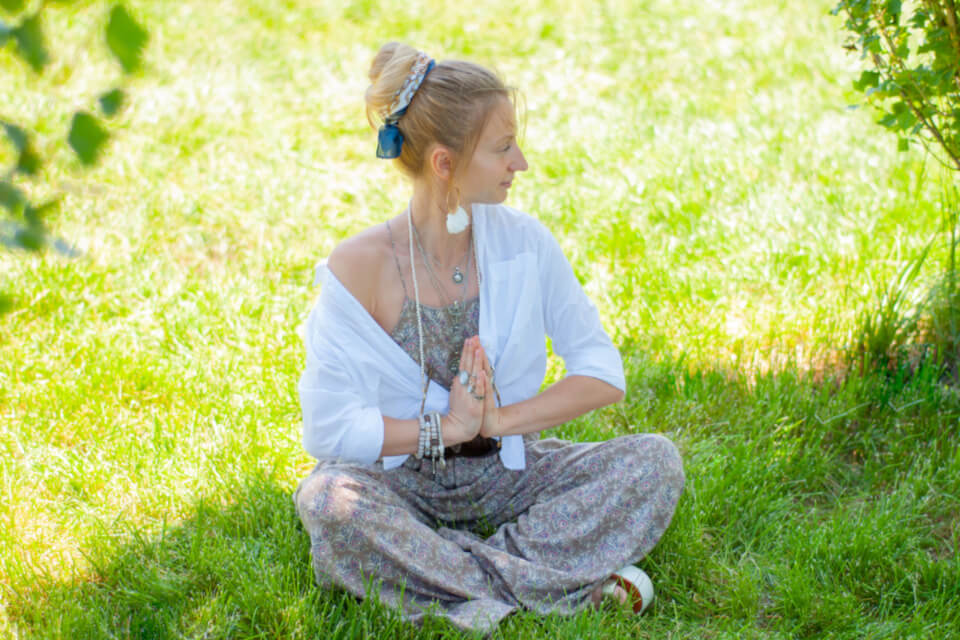Vinyasa Yoga: what to know

Vinyasa Yoga is about sequence or “arranging something in a certain way”. The word Vinyasa is composed of two Sanskrit words, “nyasa” meaning “to place” and “vi” which means “in a special way”. In this way we link one asana to the next and coordinate the movements with breath. One flows from one posture to another.
Vinyasa Yoga: the origins
Vinyasa Yoga originates from Ashtanga Yoga, first famously taught by S.Krishnamacharya and later, Patthabi Jois. Ashtanga Yoga follows predetermined sequences known as series’, however, vinyasa allows for more flexibility and practitioners can mix up poses as they wish.
Receive all our tips by email!
Love Astrology? Subscribe Now and Receive Exclusive Content!
Modern classes
Vinyasa classes come in all varieties and you can find a teacher and style that you love. As Vinyasa Yoga is not as rigid as Ashtanga you may find classes playing music, drums or sounds of nature, classes using aromatherapy to activate the senses or even incorporating weights. If you like the sound of the latter look out for “weighted flow” classes in your local area.
Vinyasa classes are one of the best cardio workouts you can get, the classes are dynamic and you are always in motion. If you want to sweat and get your heart rate up then Vinyasa Yoga is for you. Consistent practice will lead to weight loss and a toned body as muscles appears long and lean.
Many of you who are new to yoga will likely enjoy the fast pace of a Vinyasa Yoga class. It can be quite intimidating as a beginner to step into a hatha class where poses are held for a long time, the mind can race and one may be overwhelmed.
The flow in Vinyasa Yoga keeps the interest of the practitioner and allows the novice yogi to build strength and flexibility as well as concentration. It can be a lot of fun and more aligned with what one is used to experiencing in an exercise class.
Famous Flows
There are endless sequences and move combinations that one may do in a vinyasa class. You will likely warm up with a sun salutation, known as surya namaskar. Traditional surya namaskar goes through the following poses:
- Prayer pose – Pranamasana
- Raised arms pose – Hastauttanasana
- Hand to foot pose – Hasta Padasana
- Equestrian pose – Ashwa Sanchalanasana
- Stick pose – Dandasana
- Salute with eight parts or points – Ashtanga Namaskara
- Cobra pose – Bhujangasana
- Mountain pose – Parvatasana
- Equestrian pose – Ashwa Sanchalanasana
- Hand to foot pose – Hasta Padasana
- Raised arm pose – Hastauttanasana
- Prayer pose – Pranamasana
You can connect each pose initially by walking through, and as you get more advanced, gliding through. With more strength, you gain more control, as you slowly but gracefully jump through the moves, the practice will be more like a dance, a thing of pure beauty and flow, with every breath connected to the move.
Vinyasa flow is energizing and can help with body conditioning, balance and focus. You will notice your fitness improve dramatically and quickly. Should you choose to commit to this style it will no doubt become your cardio of choice!
You may also like:
- Bhakti Yoga: a spiritual practice
- Power Yoga: feel the difference
- Iyengar Yoga: slow and steady wins the race

